In April, when the whole country is celebrating the 50th anniversary of the Liberation of the South and National Reunification Day (April 30, 1975 - April 30, 2025), the World Cultural Heritage Site of Thang Long Imperial Citadel is more crowded than usual. Because this is not only a place to "calm the soul of the thousand-year-old mountains and rivers", but also the "Headquarters" of the resistance war against the US to save the country.
Hanoi has 6,489 relics. Of these, Thang Long Imperial Citadel deserves to be the “number one relic”.
After moving the capital from Hoa Lu (Ninh Binh province) to Thang Long in 1010, the Ly dynasty carried out the process of building Thang Long worthy of a capital. Up to now, many constructions have been destroyed over time, but the above-ground and underground relics here are outstanding evidence of the long-term cultural exchange process, a place that received many cultural influences from the outside, many doctrines and ideologies of global value of human civilization to create unique and creative features of a political, economic and cultural center of the country.
The meeting room at House D67 is still preserved intact as before. |
In addition to the remaining outstanding structures such as Ky Dai, Doan Mon, Kinh Thien Palace, Hau Lau, and Bac Gate, the value of Thang Long Imperial Citadel also lies in the millions of excavated archaeological artifacts as well as many other hidden values.
Archaeological excavations show the continuity of the earliest architectural remains here dating back to the Dai La period (7th-8th centuries).
During the independence period, architectural ruins and archaeological artifacts were stacked on top of each other from the Ly, Tran, Le, Le Trung Hung dynasties to the Nguyen dynasty, creating a historical record of architecture and fine arts, especially Vietnamese royal architecture and fine arts.
During the resistance war against the US, when the level of bombing in the North became increasingly fierce, the Ministry of Defense decided to build a house in Area A, Hanoi Citadel, called House D67.
Here, from September 1968 to April 30, 1975, the Politburo, the Central Military Commission and the General Command held many important meetings. Among them were meetings to outline the strategies of our army and people in the resistance war against the US.
In particular, on the morning of March 31, 1975, the Central Party Politburo held an expanded meeting. This was a historic meeting to discuss the third and final strategic blow of the 1975 Spring General Offensive and Uprising with the decision: General offensive to completely liberate the South as soon as possible, preferably in April 1975. The motto was "Speed, boldness, surprise, sure victory".
Thang Long Imperial Citadel is one of the most attractive heritages of the capital Hanoi. |
Decades have passed, but the entire system of houses and tunnels has been preserved intact as before, with the meeting rooms of the Politburo, the office of General Vo Nguyen Giap...
As the 50th anniversary of the Liberation of the South and National Reunification Day approaches, it is also the time for generations of Vietnamese people to come here to learn about the Headquarters of the Vietnam People's Army during the years of resistance against the US.
Over the years, the Thang Long - Hanoi Heritage Conservation Center (the unit managing the Thang Long Imperial Citadel) has always focused on digitization to preserve and promote heritage values.
Typical examples include the Thang Long Imperial Citadel Application Deployment Center, restoring heritages in digital space, applying e-ticketing technology, organizing exhibitions in virtual space, etc.
On the occasion of the 50th anniversary of the Liberation of the South and National Reunification Day, the Thang Long - Hanoi Heritage Conservation Center coordinated with Nhan Dan Newspaper to install a board with NFC chips.
This activity is in line with the heritage digitization roadmap of the Thang Long - Hanoi Cultural Heritage Conservation Center, so the installation was quickly and conveniently implemented by the Center in coordination with Nhan Dan Newspaper. The chip-mounted board is placed right at the exhibition space, near the ticket sales area, helping tourists easily experience and explore.
Along with Thang Long Imperial Citadel, the Hanoi People's Committee has selected two other prominent relics to install NFC chip panels: the Temple of Literature - Quoc Tu Giam (Dong Da district) and Hoa Lo Prison (Hoan Kiem district).
Van Mieu-Quoc Tu Giam was built in the late 11th century, is a place to worship Confucius and the sages of Confucianism; at the same time, it is also the first university of our country. This place has trained many generations of talents for the country for many centuries.
The Temple of Literature - Quoc Tu Giam has now been recognized as a special national monument. The system of 82 stone steles here has been recognized by UNESCO as a World Documentary Heritage and a National Treasure.
The Temple of Literature - Quoc Tu Giam relic is forever a representative image of the studious spirit of the Vietnamese people. |
Hoa Lo Prison relic is one of the most prominent relics in the system of hundreds of revolutionary and resistance relics in the city.
After occupying Hanoi, the French colonialists built Hoa Lo Prison into one of the most fortified prisons in Indochina, a place to imprison patriots and revolutionary soldiers.
Many leaders of the Party and State were imprisoned here such as: Truong Chinh, Nguyen Duc Canh, Tran Dang Ninh, Hoang Van Thu...
Revolutionary soldiers turned prisons into schools to train revolutionary spirit and foster love for their homeland and country.
Today, Hoa Lo Prison relic is one of the most attractive tourist destinations in the capital.
Hoa Lo Prison relic has now become a place to pass on the revolutionary spirit to generations. |
The project “Love Vietnam” was deployed by Nhan Dan Newspaper to provinces and cities nationwide to celebrate the 50th anniversary of the Liberation of the South and National Reunification Day; promote historical and cultural sites across the country; create unique discovery experiences for tourists; promote tourism, so it has been enthusiastically responded to by the community.
Present at the Imperial Citadel of Thang Long, Ms. Dang Hong Van, a tourist from Da Nang, said: “When checking in at the NFC chip board, we received a link to the website and displayed all the most essential information introducing the relic site. Along with that, on the phone, a serial number will appear showing how many people you are to check in at this location and you can share moments, save the impressions of the day, month, and year you came here. This makes us feel very interesting.”
Topic: 50 years of National Reunification
Six traffic diversion situations on the occasion of the 50th anniversary of the Liberation of the South
Connecting the capital's typical heritages with the project "Love Vietnam"
Giang Son and the project "Love Vietnam"
Source: https://nhandan.vn/ket-noi-cac-di-san-tieu-bieu-cua-thu-do-voi-du-an-yeu-lam-viet-nam-post872891.html


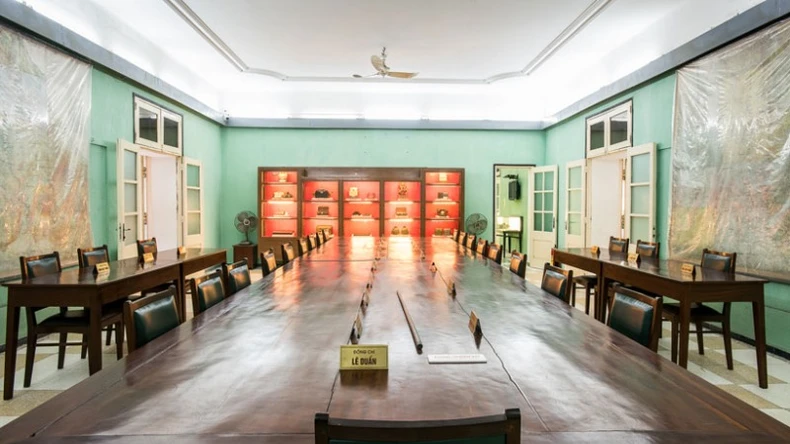
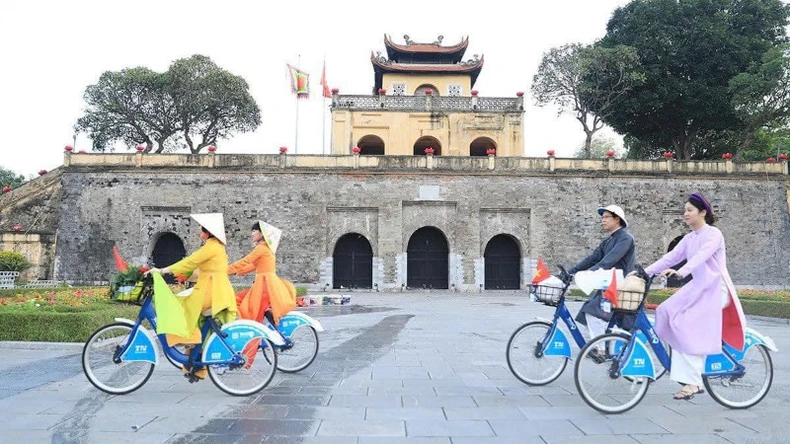
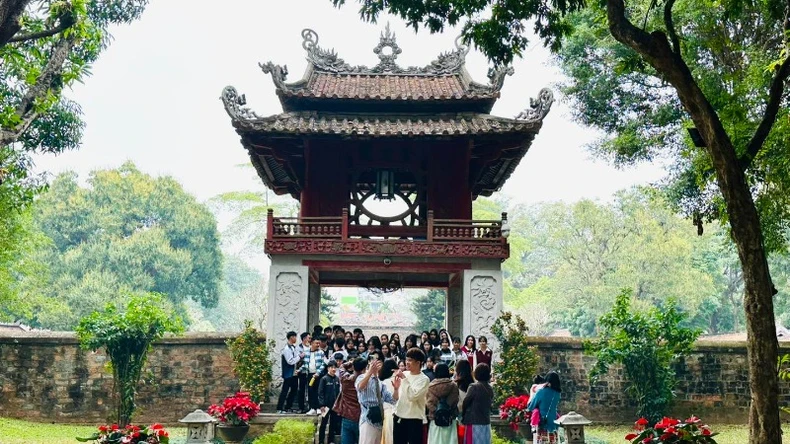
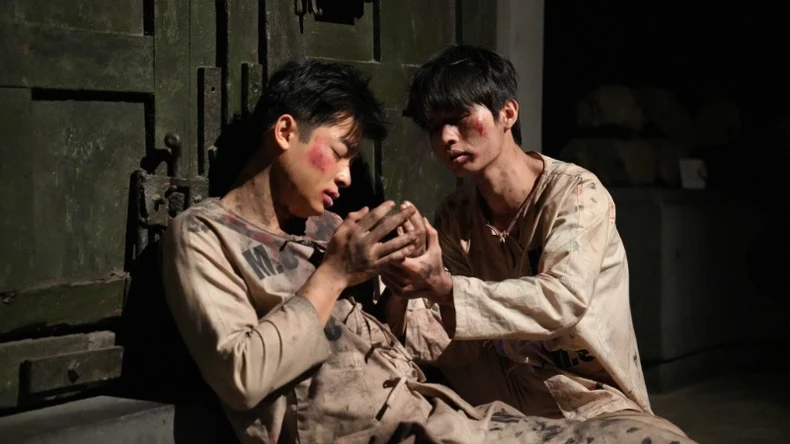
![[Photo] Ho Chi Minh City residents "stay up all night" waiting for the April 30th celebration](https://vphoto.vietnam.vn/thumb/1200x675/vietnam/resource/IMAGE/2025/4/30/560e44ae9dad47669cbc4415766deccf)
![[Photo] Nghe An: Bustling atmosphere celebrating the 50th anniversary of Southern Liberation and National Reunification Day](https://vphoto.vietnam.vn/thumb/1200x675/vietnam/resource/IMAGE/2025/4/29/64f2981da7bb4b0eb1940aa64034e6a7)
![[Photo] General Secretary attends special art program "Spring of Unification"](https://vphoto.vietnam.vn/thumb/1200x675/vietnam/resource/IMAGE/2025/4/29/e90c8902ae5c4958b79e26b20700a980)
![[Photo] Hanoi is brightly decorated to celebrate the 50th anniversary of National Reunification Day](https://vphoto.vietnam.vn/thumb/1200x675/vietnam/resource/IMAGE/2025/4/29/ad75eff9e4e14ac2af4e6636843a6b53)
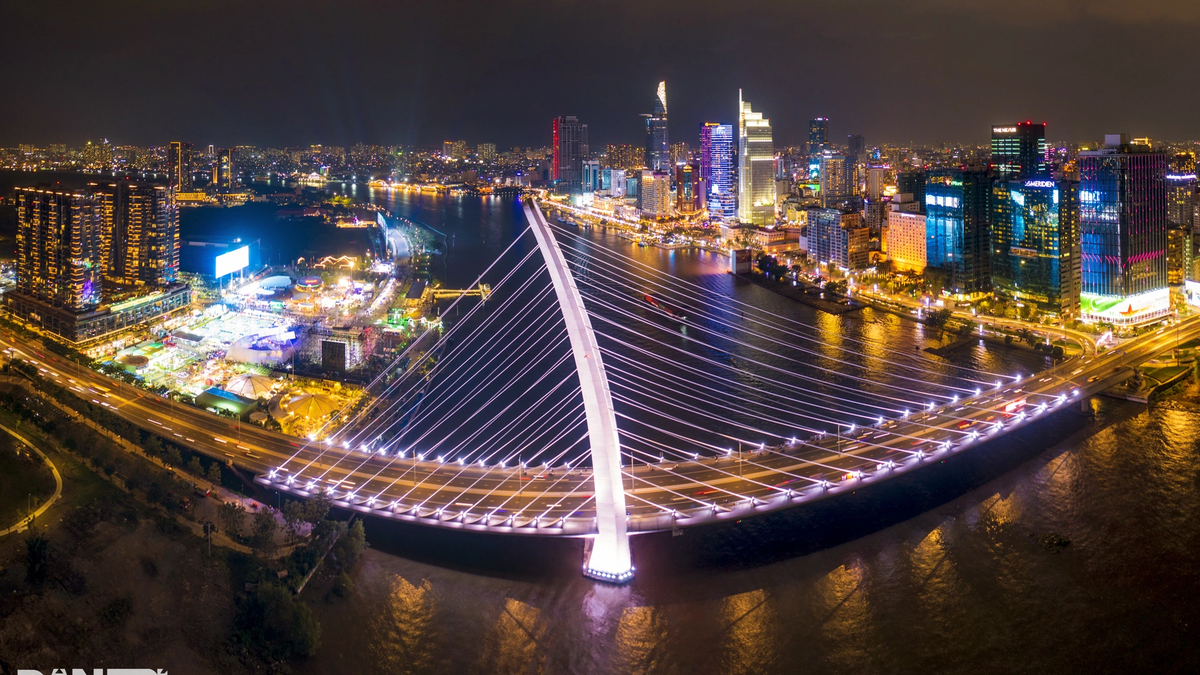
![[Photo] Ho Chi Minh City: People are willing to stay up all night to watch the parade](https://vphoto.vietnam.vn/thumb/1200x675/vietnam/resource/IMAGE/2025/4/29/cf71fdfd4d814022ac35377a7f34dfd1)


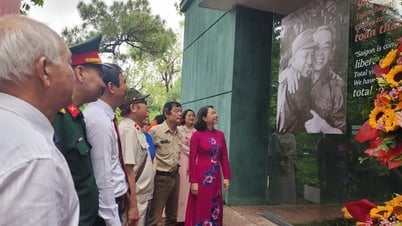





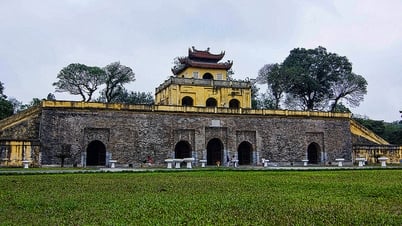
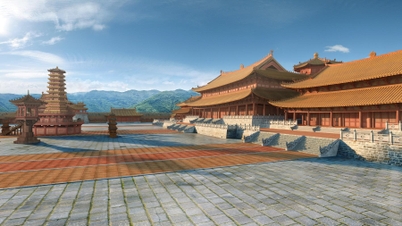






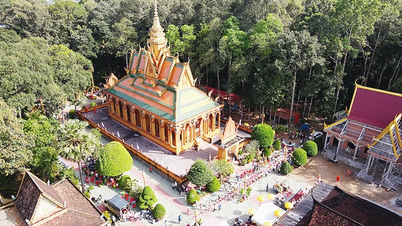




![[Photo] Ho Chi Minh City residents "stay up all night" waiting for the April 30th celebration](https://vphoto.vietnam.vn/thumb/402x226/vietnam/resource/IMAGE/2025/4/30/560e44ae9dad47669cbc4415766deccf)
![[Photo] Ho Chi Minh City: People are willing to stay up all night to watch the parade](https://vphoto.vietnam.vn/thumb/402x226/vietnam/resource/IMAGE/2025/4/29/cf71fdfd4d814022ac35377a7f34dfd1)
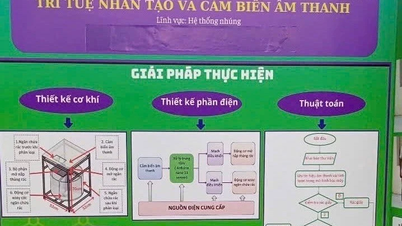
![[Photo] General Secretary attends special art program "Spring of Unification"](https://vphoto.vietnam.vn/thumb/402x226/vietnam/resource/IMAGE/2025/4/29/e90c8902ae5c4958b79e26b20700a980)
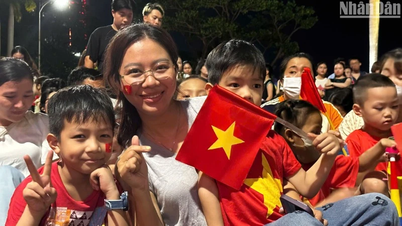

![[Photo] Prime Minister Pham Minh Chinh meets to prepare for negotiations with the United States](https://vphoto.vietnam.vn/thumb/1200x675/vietnam/resource/IMAGE/2025/4/29/76e3106b9a114f37a2905bc41df55f48)






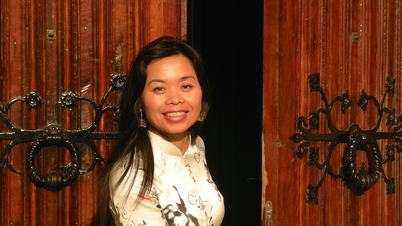



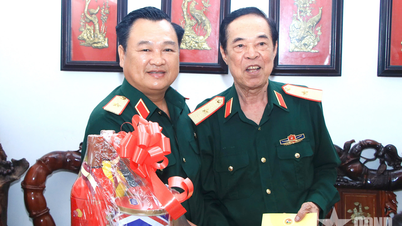
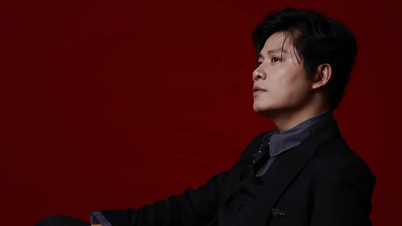














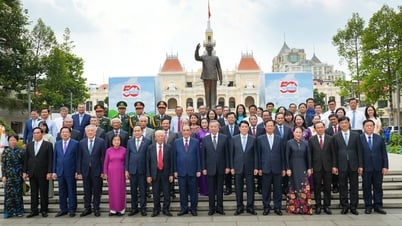













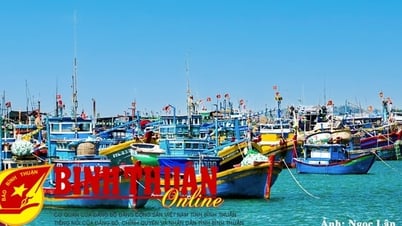

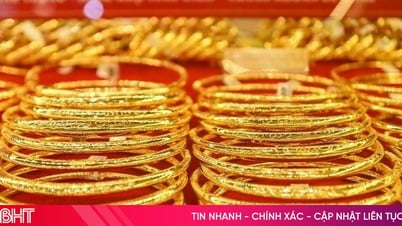

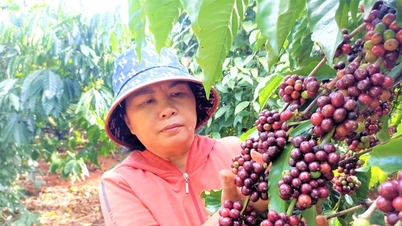

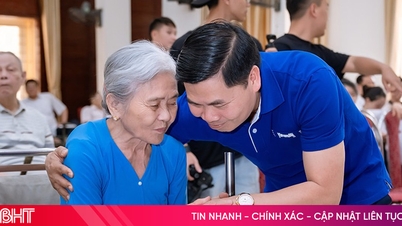












Comment (0)